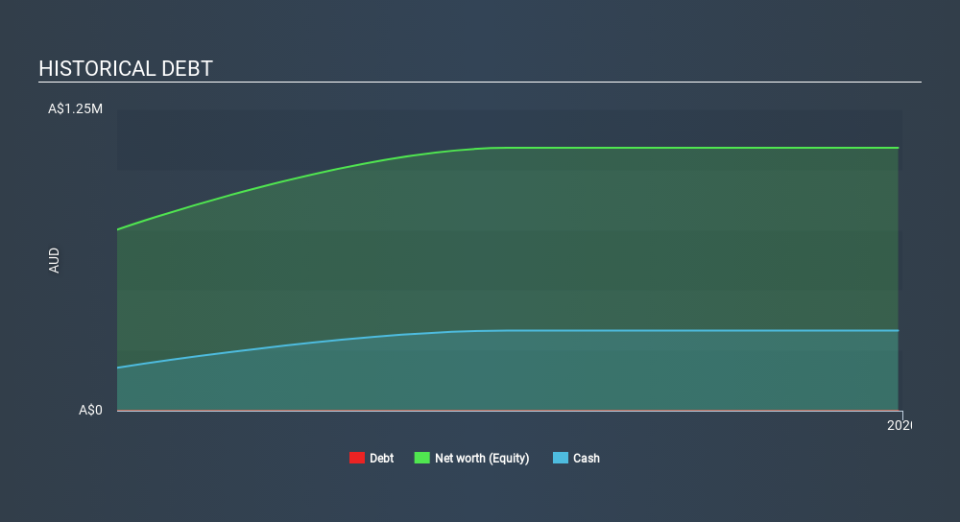Is Cobre (ASX:CBE) In A Good Position To Deliver On Growth Plans?

We can readily understand why investors are attracted to unprofitable companies. For example, biotech and mining exploration companies often lose money for years before finding success with a new treatment or mineral discovery. Having said that, unprofitable companies are risky because they could potentially burn through all their cash and become distressed.
So, the natural question for Cobre (ASX:CBE) shareholders is whether they should be concerned by its rate of cash burn. For the purpose of this article, we'll define cash burn as the amount of cash the company is spending each year to fund its growth (also called its negative free cash flow). Let's start with an examination of the business's cash, relative to its cash burn.
Check out our latest analysis for Cobre
When Might Cobre Run Out Of Money?
A company's cash runway is calculated by dividing its cash hoard by its cash burn. As at December 2019, Cobre had cash of AU$332k and no debt. In the last year, its cash burn was AU$904k. So it had a cash runway of approximately 4 months from December 2019. That's a very short cash runway which indicates an imminent need to douse the cash burn or find more funding. We should note, however, that if we extrapolate recent trends in its cash burn, then its cash runway would get a lot longer. You can see how its cash balance has changed over time in the image below.
Can Cobre Raise More Cash Easily?
Generally speaking, a listed business can raise new cash through issuing shares or taking on debt. One of the main advantages held by publicly listed companies is that they can sell shares to investors to raise cash to fund growth. By comparing a company's annual cash burn to its total market capitalisation, we can estimate roughly how many shares it would have to issue in order to run the company for another year (at the same burn rate).
Cobre has a market capitalisation of AU$18m and burnt through AU$904k last year, which is 4.9% of the company's market value. That's a low proportion, so we figure the company would be able to raise more cash to fund growth, with a little dilution, or even to simply borrow some money.
Is Cobre's Cash Burn A Worry?
Given it's an early stage company, we don't have a lot of data with which to judge Cobre's cash burn. Having said that, we can say that its cash burn relative to its market cap was a real positive. To us, there is clearly a substantial risk that that the company will have to raise costly funding, making it very hard to quantify the potential upside. Separately, we looked at different risks affecting the company and spotted 6 warning signs for Cobre (of which 1 doesn't sit too well with us!) you should know about.
Of course, you might find a fantastic investment by looking elsewhere. So take a peek at this free list of interesting companies, and this list of stocks growth stocks (according to analyst forecasts)
If you spot an error that warrants correction, please contact the editor at editorial-team@simplywallst.com. This article by Simply Wall St is general in nature. It does not constitute a recommendation to buy or sell any stock, and does not take account of your objectives, or your financial situation. Simply Wall St has no position in the stocks mentioned.
We aim to bring you long-term focused research analysis driven by fundamental data. Note that our analysis may not factor in the latest price-sensitive company announcements or qualitative material. Thank you for reading.

 Yahoo Finance
Yahoo Finance 
